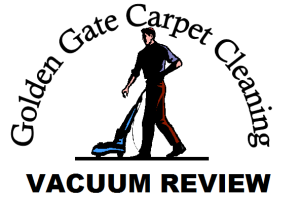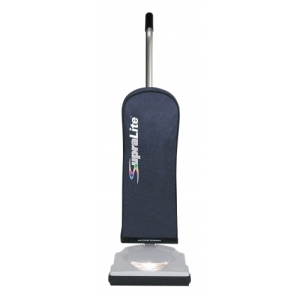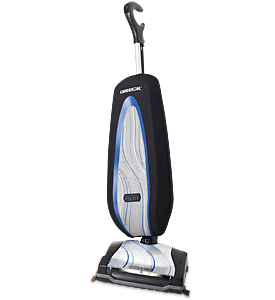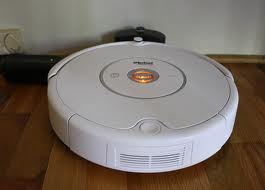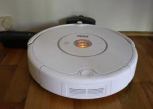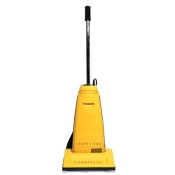
Make: Carpet Pro Model:CPU2
Upright: x Cannister:
Weight: 20lbs Cord Length: 40′
Uses:
Commercial: X Residential: X Heavy Duty:
Have you ever gone to the vacuum store, looked at a few top quality machines, decided on one, and then changed your mind when you learned the price? Instead you bought a cheap machine from a giant retail store and have regretted it ever since. If that sounds familiar the Carpet Pro CPU2 just may be the vacuum you’ve been looking for.
At a retail price of about $230 I knew that Carpet Pro had a good reputation for building tough reliable machines, but until I tried one for this review I had never had an opportunity to use one. The result; the CPU2 did not disappoint me. Ten amps of power, metal skid plate, metal roller bar, and an above average filtration system add up to a machine worthy of high praise.
Before writing this review I used the vacuum in ten different homes over four days on numerous different styles of carpet. It worked equally well on all of them, and was perfectly safe on wool.
The machine I used was the very basic model with no on-board tools, or headlight although both are available on other models. The power was great, it was very easy to push, and has a very low noise level. It has a 40’commercial cord so you can clean numerous rooms from one plug which is always handy. The push of a lever allows the handle to go all the way flat in order to get under the furniture. The cleaning head itself is fairly tall so it won’t go under most beds, but tables, chairs, chests and things like that were not a problem. The CPU2 did an acceptable job of getting right up close to the wall from both sides and the front of the machine, but as always, for that final touch though I like to use an edge tool (it’s rough being a perfectionist). The vacuum I used did not have built in attachments, but I keep all the tools I need on my carpet cleaning truck. I hooked up a 12′ hose and an edge attachment and again the CU2 had exceptional suction and did a great job.
In my world having a vacuum that works well on upholstery is also important. Once again I hooked up a 12′ hose, this time with an upholsterty attachment, and used it on three sofas and one recliner. Pet hair, food crumbs, lint, dust and any other debris were no match.
Getting a 12 – 15 foot extension hose is something I always recommend getting when you purchase a new vacuum. It is much easier to set the machine in one place and be able to do all the edges and upholstery without moving it. There was not an extension / attachment kit available specifically for the Carpet Pro, but any vacuum shop can easily make one up for you.
As much as I liked the way the Carpet Pro performed there is one feature that I wish it had. It does not have a switch to turn off the brush bar and use suction only. This is an important feature when using attachments. You don’t want the bar spinning when the vacuum is sitting in one place because that can damage the carpet. So when using attachments I tipped the machine back against a chair, wall, sofa or whatever far enough to lift the brushed off the carpet. No big deal, but having a shut off switch would be nice. Hardly a reason to knock the machine, but hey, I call em like I see em.
So there you have it. My full stamp of approval for a basic machine that is well built, works great, and is a huge bargain.
Update: As of a few days after this review the machine I used is now the very one on my carpet cleaning van.




 Posted by Mike Az
Posted by Mike Az 